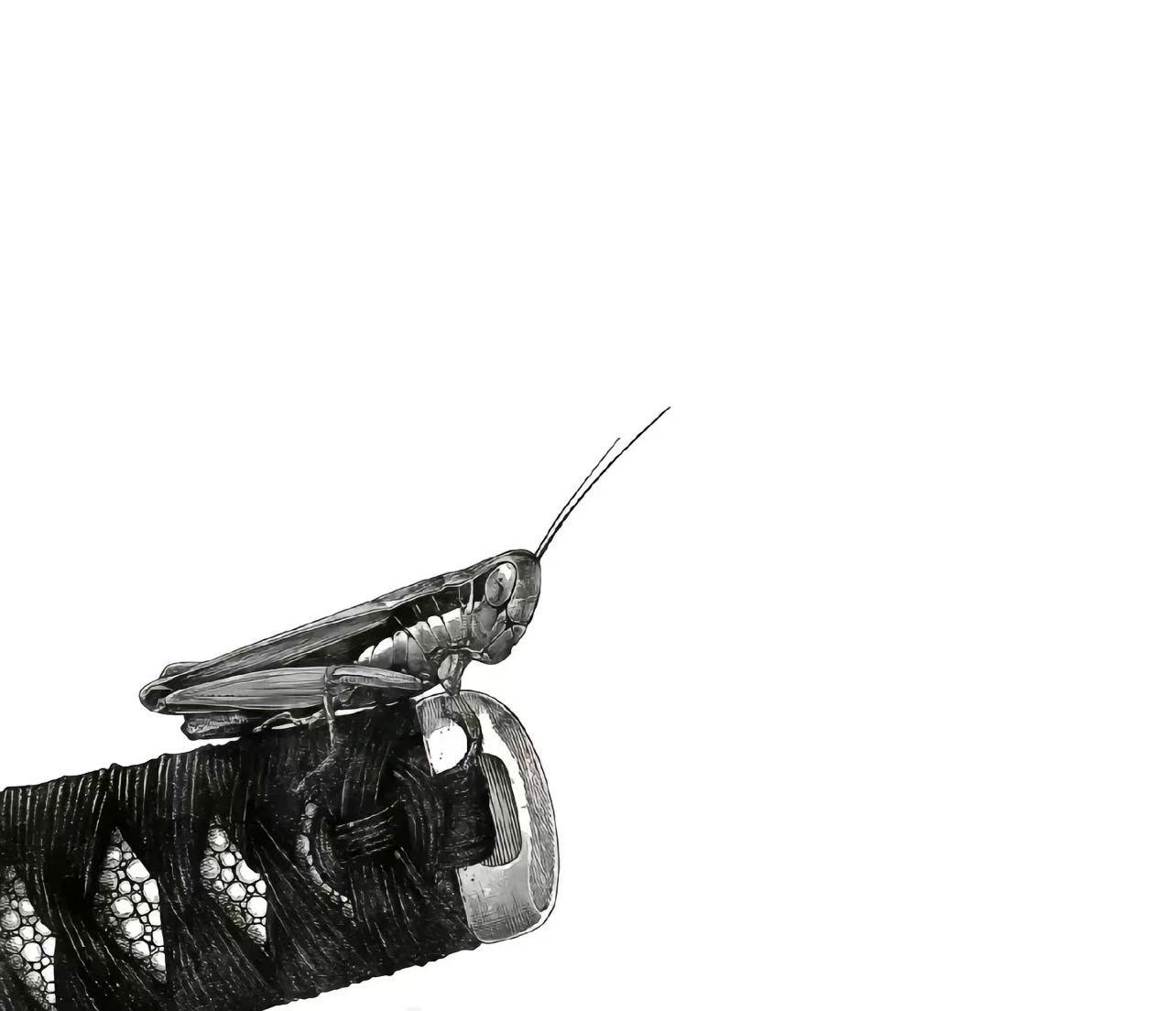MATH1109 topic1
从原课件中做的笔记使用课程语言 即英文 其余来源笔记使用中文 便于读者与作者区分
Learning Outcomes
- Understand and use notation for sets and subsets.
- Recognize and use well-known finite and infinite sets.
- Understand and use the operrations of set union, intersections, and difference.
- Represent set operations using Venn diagrams.
Basic Definitions
Well-known inginite sets
| Symbol | Meaning |
|---|---|
| $\mathbb{N}$ | The set of positive integers |
| $\mathbb{Z}$ | The set of all integers |
| $\mathbb{Q}$ | The set of rational numbers $\frac{a}{b}$, where $a \in \mathbb{Z}$ and $b \in \mathbb{N}$ |
| $\mathbb{R}$ | The set of all real number |
| $\mathbb{C}$ | The set of complex numbers $a+b$ $i$ , where $a,b\in \mathbb{R}$ and $i = \sqrt{-1}$ |
1.1
A set is a collection of distinct objects that is thought of as a whole. The objects in a set are called elements or members of the set.$a\in A$ : the object $a$ is a member of the set $A$.
$a\notin A$ : the object $a$ is not a member of the set $A$.
$A=$ {$1,2,3,4$} : is a set expressed as a finite list of obkect in curly braces.
1.2
Let $A$ and $B$ be sets. We say that $A$ is a subset of $B$ if every element of $A$ is an element of $B$, and we denote this by writing $A \subset B$Sometimes, the notation $A \subseteq B$ is used to denote that $A$ is a subset of $B$. (It’s a little bit wrong.) Then $A \subseteq B$ explicitly states that $A$ is a proper subset of $B$. (There is at least one element of $B$ which is not in $A$)
1.3
Let $A$ and $B$ be sets. We say that $A = B$, denoted by $A = B$ if $A \subset B & B \subset A$.Basic Theorem
1.1
Transitive Law of subsets If $A \subset B$ and $B \subset C$, then $A \subset C$.集合序列的上极限和下极限
设{ ${A_n,n \ge 1}$ },求$\bigcap\limits_{n=1}^\infty \bigcup\limits_{k=n}^\infty A_k$ 及$\bigcup\limits_{n=1}^\infty \bigcap\limits_{k=n}^\infty A_k$,
其中$A_1=${ $1,a$ },$A_2=${ $0,b$ },$A_3=${ $1,b$ },$A_4=${ $0,b$ },$A_5=${ $1,b$ }。
Here :
① $\bigcap\limits_{n=1}^\infty \bigcup\limits_{k=n}^\infty A_k$ 的解法是先并再交。
当$n=1$时,记$P_1=\bigcup\limits_{k=n=1}^\infty A_k=${ $0,1,a,b$ },
当$n=2$时,记$P_2=\bigcup\limits_{k=n=2}^\infty A_k=${ $0,1,b$ },
所以,$\bigcap\limits_{n=1}^\infty \bigcup\limits_{k=n}^\infty A_k=P_1\bigcap P_2\bigcap P_3\bigcap\cdots=${ $0,1,b$ }
若记$\lim\limits_{n\to\infty}supA_n=\bigcap\limits_{n=1}^\infty \bigcup\limits_{k=n}^\infty A_k$
则,$\lim\limits_{n\to\infty}supA_n=$ {$w|w$属于无穷多个$A_n$}
② $\bigcup\limits_{n=1}^\infty \bigcap\limits_{k=n}^\infty A_k$ 的解法是先交再并。
当$n=1$时,记$Q_1=\bigcap\limits_{k=n=1}^\infty A_k=\varnothing$,
当$n=2$时,记$Q_2=\bigcap\limits_{k=n=2}^\infty A_k=${ $b$ },
所以,$\bigcup\limits_{n=1}^\infty \bigcap\limits_{k=n}^\infty A_k=Q_1\bigcap Q_2\bigcap Q_3\bigcap\cdots=$ { $b$ }
若记$\lim\limits_{n\to\infty}inf A_n=\bigcup\limits_{n=1}^\infty \bigcap\limits_{k=n}^\infty A_k$
则,$\lim\limits_{n\to\infty}inf A_n=$ {$w|w$至多不属于有限多个$A_n$}



